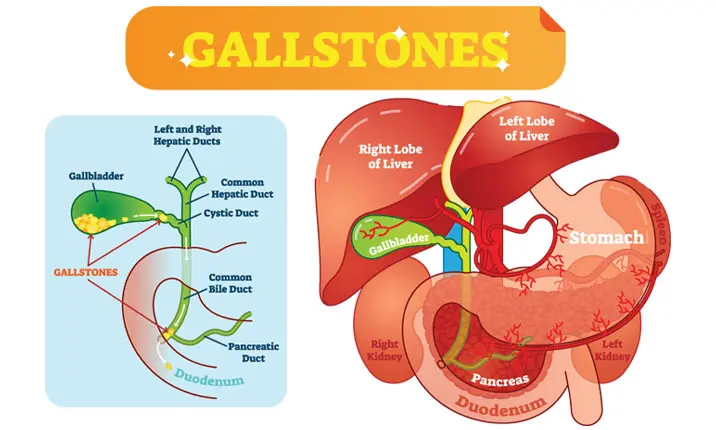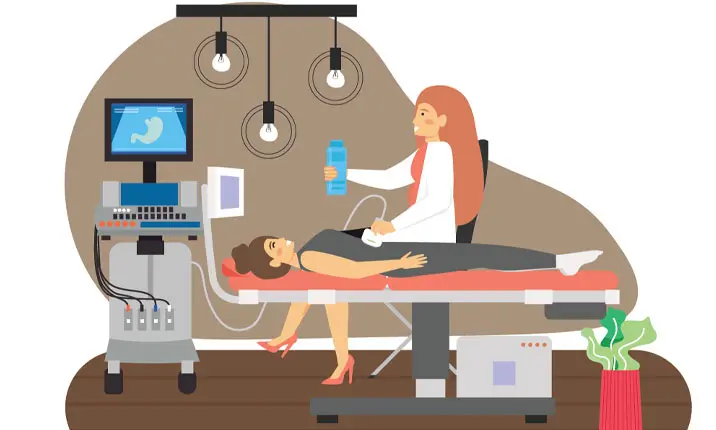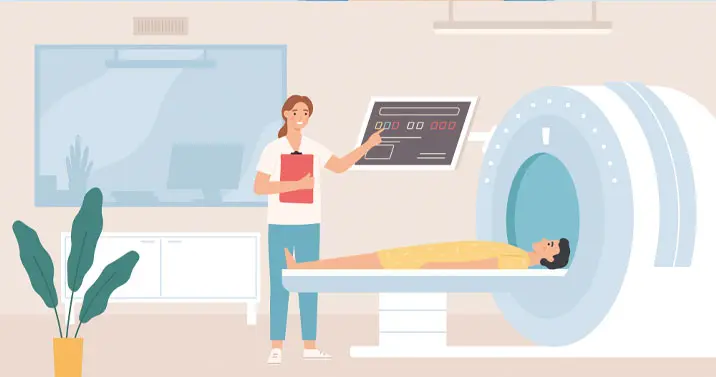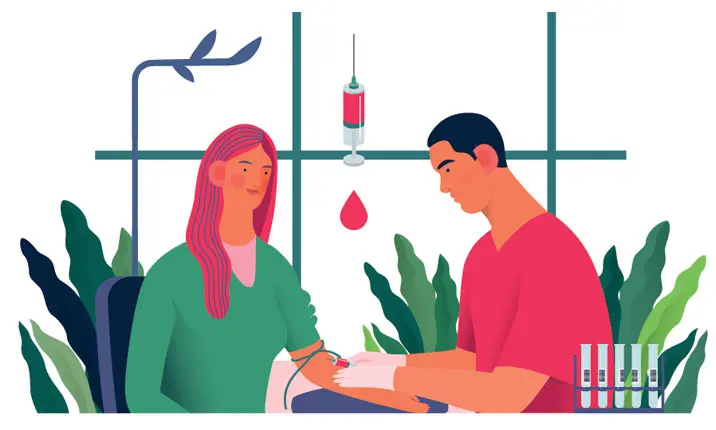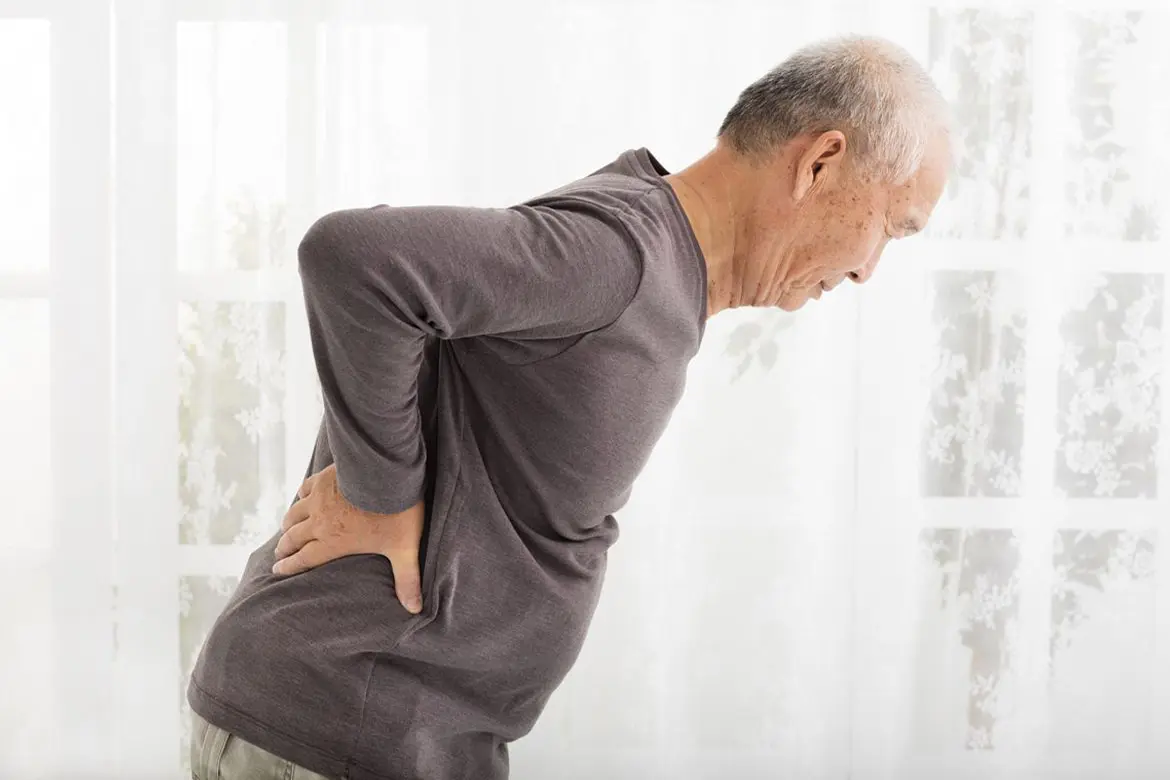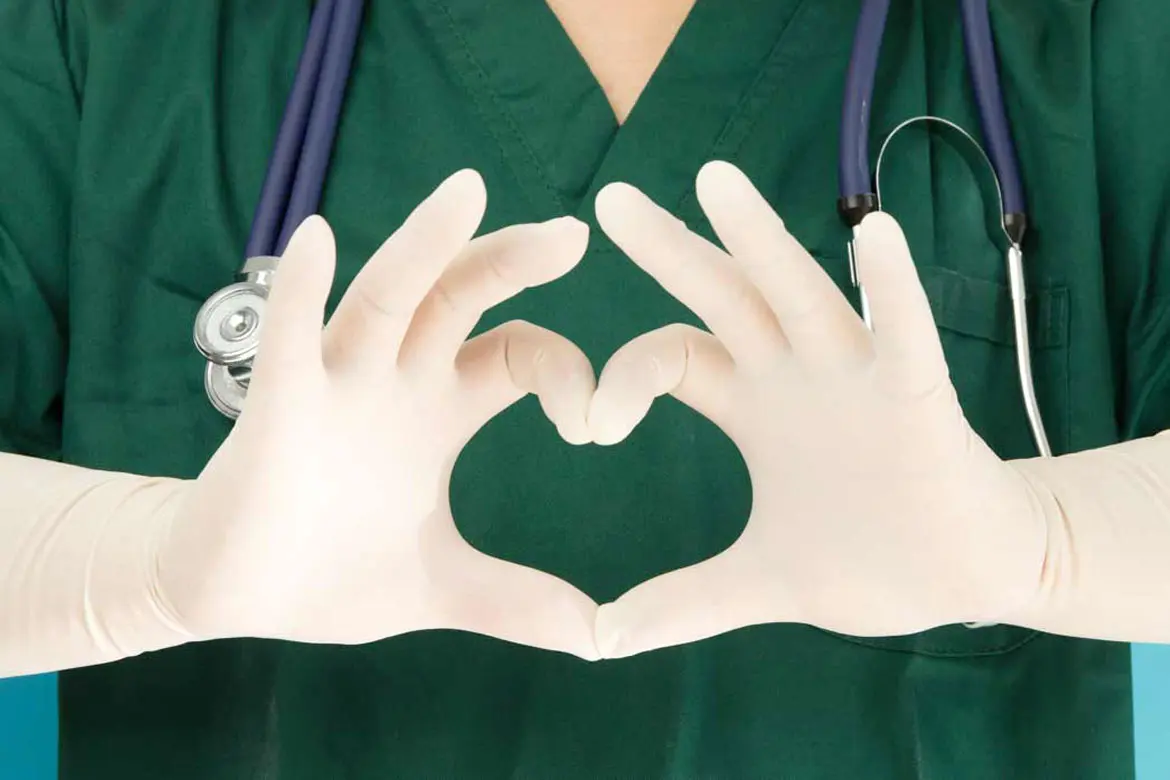Dr Stephen Chang, general surgeon at Mount Elizabeth Hospital specialising in liver, pancreas, gall bladder and bile duct surgery, explains gallstone disease and its treatment options.
In clinical practice, very often we find people with symptoms which have been mistaken for 'gastric' pain – often a sensation of pain or discomfort in the upper abdomen either around the midline or to the right.
Many of them may have been given a trial of medication for gastritis with no improvement and may have even subjected themselves to endoscopic examination which did not reveal any significant gastric problem.
A substantial number of them were actually suffering from gallstone disease!
The confusion arises because the nerve supply to the stomach and the gall bladder share the same origin in the vagus nerve.
What are gallstones?
Gallstones are hardened deposits of bile that can form in the gall bladder. They can range in size from as small as a grain of sand to as large as a golf ball. Very often there can be multiple of them of different sizes.
What are the causes of gallstones?
Gallstones may develop due to the following causes:
- Super-saturation. If the bile in the gall bladder gets too concentrated, the constituents will crystalise and gradually enlarge to form gallstones.
- Problems with gall bladder emptying. If the gall bladder does not empty completely or frequently enough, bile may become very concentrated, leading to gallstone formation.
What are the symptoms of gallstones?
When gallstones are initially formed, they are often adherent to the gall bladder wall and are usually asymptomatic and do not pose a health risk.
When the gallstones enlarge, they tend to dislodge from the gall bladder wall and may then cause symptoms. Among those with symptoms, some are recurrent and chronic, while others are acute and severe. The type of symptoms depend on the complications that occur from the gallstones.
- Biliary colics – moderate to severe, colicky pain in upper middle & right abdomen, which may go to back or shoulder tip
- Fatty food dyspepsia – feeling of indigestion, belching, bloating, flatulence, 'acidity', especially after eating oily foods
- Acute cholecystitis – acute inflammation of the gall bladder, presenting with a more severe continuous pain in the upper middle & right abdomen which may be accompanied by fever
- Liver duct stone – due to 'dropping' of gallstones from the gall bladder into the liver duct (bile duct) causing yellowing of eyes and skin (jaundice), tea coloured urine and pain in the upper abdomen
- Inflammation of pancreas (pancreatitis) – due to obstruction of the pancreas duct as the 'dropped stone' passes down the liver duct causing severe upper abdominal pain
- Obstruction of liver duct – larger stones may impinge upon the liver duct causing obstruction and give rise to yellowing of eyes and skin (jaundice) and tea coloured urine
- Gall bladder cancer – large gallstones are associated with development of gall bladder cancers. This unfortunately may not have obvious symptoms till late stages.
How are gallstones formed?
Gallstones are formed in the gall bladder or bile duct when bile in there hardens.
Risk factors for developing gallstones
- Obesity or being overweight
- Rapid weight loss
- Being sedentary
- Use of contraceptives
- A high-cholesterol, high-fat or low-fibre diet
- Alcohol
- Some blood destruction disorders, such as sickle cell anaemia and leukemia may lead to an increased risk of developing gallstones.
- A family history or gallstones
- Being female
- Pregnancy
- A sedentary lifestyle
- Having liver disease
How are gallstones diagnosed?
The most common and accurate way to diagnose gallstones is through an abdominal ultrasound which will show the stones in the gall bladder. It may also show other signs for gallstones that have turned complicated.
Abdominal ultrasound
This test involves placing an ultrasound probe over the upper abdomen that will transmit and receive reflected ultrasound waves, from, which images of the abdominal organs will be created. Abdominal ultrasound is one of the most used diagnostic tests to look for signs of gallstones.
Other imaging tests
Other imaging tests that may be used to detect gallstones include oral cholecystography, hepatobiliary iminodiacetic acid (HIDA) scan, computerised tomography (CT), magnetic resonance cholangiopancreatography (MRCP), endoscopic retrograde cholangiopancreatography (ERCP) or endoscopic ultrasound (EUS).
Blood tests
Findings from blood tests may reveal complications caused by gallstones, such as infection, jaundice, pancreatitis.
How are gallstones treated?
Gallstones without symptoms or signs of complications are generally left alone.
Gallstones that cause symptoms or have led to complications are best treated with surgical removal. Theoretically, gallstones can be removed through a cut in the wall of the gall bladder without removing the gall bladder. But leaving the gall bladder behind will likely result in more complications and recurrence of the stones.
Although the stones in the gall bladder may be broken down with shock waves or medications, they often recur and the complications from such treatments outweigh the risk for gall bladder removal surgery in established surgical practice.
Gall bladder surgery (cholecystectomy)
Gall bladder removal surgery is usually performed laparoscopically. A 'scarless' technique or single incision laparoscopic surgery may even be offered. Once your gall bladder is removed, bile flows directly from your liver into your small intestine, rather than being stored in your gall bladder. Removing your gall bladder does not affect your ability to digest food.
Benefits of single incision laparoscopic surgery (SILS)
In the conventional laparoscopic (keyhole) surgery, 4 incisions are made through the abdominal wall leaving behind 4 scars with at least 3 scars in the upper abdomen being visible. With SILS, a single incision is made through the umbilicus which is our body's 'natural' scar, and will heal naturally to look just like a normal umbilicus.
Not only is there benefit in terms of cosmetic value, there is also some evidence of reduced pain experience among patients who had this form of surgery. This has been proven in scientific trials. Through improvement in technique, the cost of this surgery is now comparable to the conventional 4-incision technique.
Summary
Symptoms of gall bladder stones are very often mistaken to be 'gastric' in nature. Symptomatic gallstones are best treated with surgical removal of the stone and the gall bladder. Advances in surgical technique and instrumentation allow the procedure to be done expeditiously and safely with minimal discomfort and disruption to daily life.


